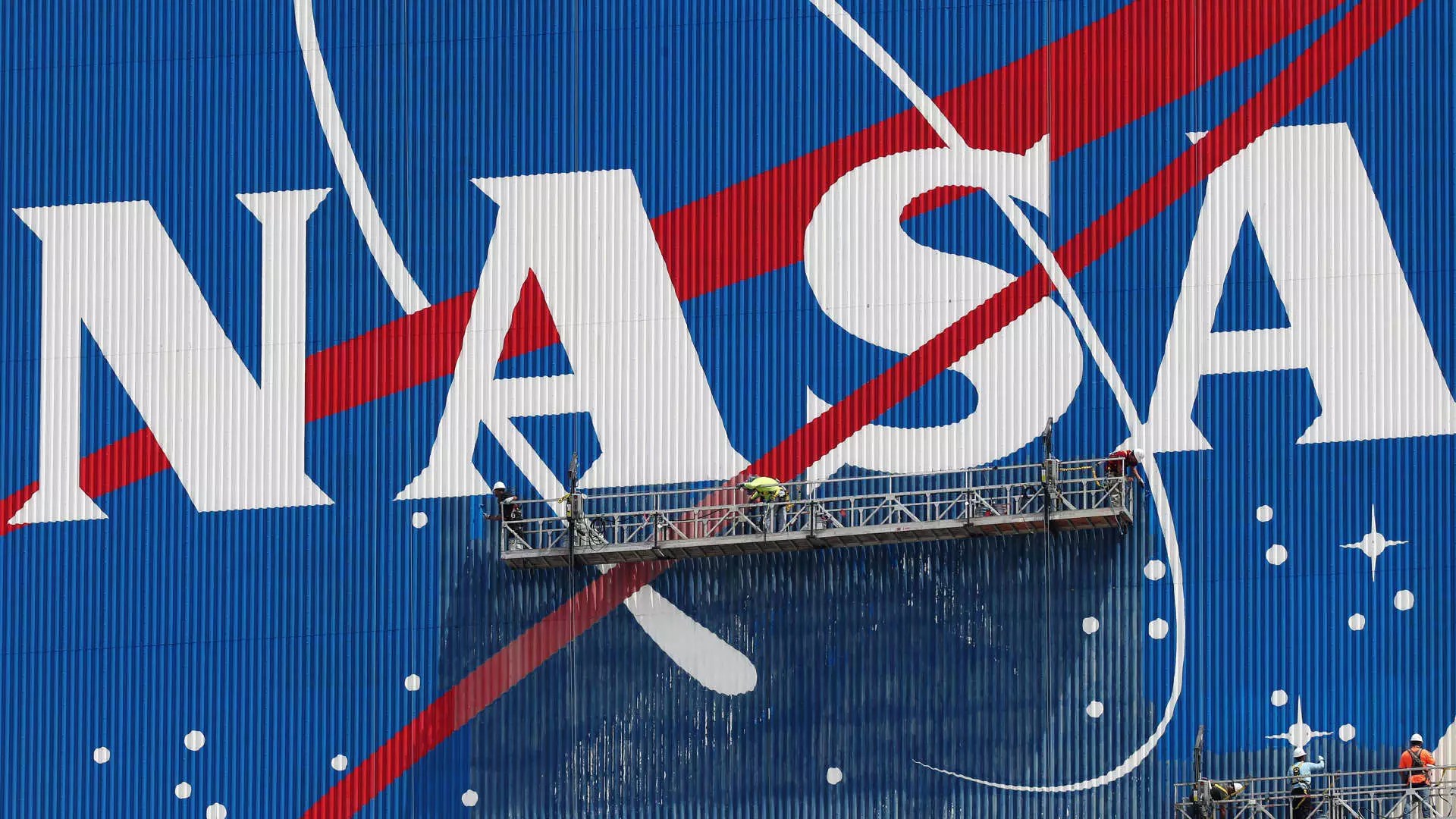NASA’s recent decision to stream its live programming—ranging from rocket launches to Earth’s captivating vistas—on Netflix represents a bold attempt to blend hard science with mainstream entertainment. At first glance, this sounds like a promising bridge between the esoteric world of space exploration and the casual viewer accustomed to the binge-watching culture Netflix promotes. NASA, after all, is mandated by the National Aeronautics and Space Act of 1958 to share its discoveries widely. But while the agency’s ambitions to reach a broader, global audience are commendable, the implications of this partnership deserve more critical scrutiny.
The Illusion of Accessibility and What It Masks
NASA’s promise to keep all content free and ad-free on its own platforms does signal a genuine commitment to public access. However, by leaning heavily on Netflix—a private, subscription-based powerhouse that dominates entertainment with over 700 million users—it risks tethering critical scientific content to a for-profit entity whose priorities rarely, if ever, align with public education missions. This coupling could inadvertently diminish the public’s control over how space programs are presented and expose NASA’s content to the mercurial whims of corporate strategies. In other words, NASA may be opening itself up to commodification, where the need for viewer retention on Netflix could skew the narrative toward sensationalism over substance.
Commercial Spaceflight: A Double-Edged Sword
Underlying this move is a larger context: the meteoric rise of commercial space ventures, particularly Elon Musk’s SpaceX, which has dominated U.S. launches with a staggering 81 flights in just the first half of 2025. While SpaceX’s success indeed advances the American space agenda, it also introduces a dynamic where a handful of private actors hold disproportionate influence. NASA’s support for low-Earth orbit missions, yet lack of direct competition on the launch pad, reflects a subtle relinquishment of leadership in certain arenas. The Netflix partnership aligns with this reality by emphasizing spectacle and broad appeal, rather than robust governmental stewardship of space exploration. Are we witnessing NASA’s cultural outreach as a means to stay relevant amid private sector dominance? The optics suggest so.
Stock Prices and Space: The Intersection of Finance and Exploration
Interestingly, Netflix itself is enjoying a remarkable stock surge—up nearly 51% this year. This financial success no doubt made the content deal attractive to both parties, but it also underscores a troubling trend: the conflation of scientific missions with commercial interests. What once was a prestigious symbol of national pride and technological prowess risks being reframed as just another product in the media marketplace. The public may gain easier access to space content, but at what cost? When attention becomes a commodity and markets dictate programming, the rich scientific narratives NASA offers could be simplified, dramatized, or overshadowed by entertaining—but shallow—storytelling.
Guarding the Soul of Space Exploration
The crux of the issue is this: space exploration is not merely entertainment; it’s a critical frontier of human progress with profound geopolitical and scientific ramifications. Bringing NASA content to Netflix undoubtedly increases visibility, but this visibility must not come at the price of intellectual rigor or public trust. While a center-right liberal perspective values innovation and entrepreneurial spirit, it equally understands the importance of limited government institutions safeguarding long-term national and global interests without succumbing to corporate agendas. If NASA wants to remain a guardian of humanity’s cosmic story, it must ensure this new media partnership complements—not compromises—its core mission.


Leave a Reply